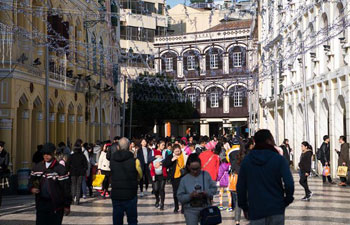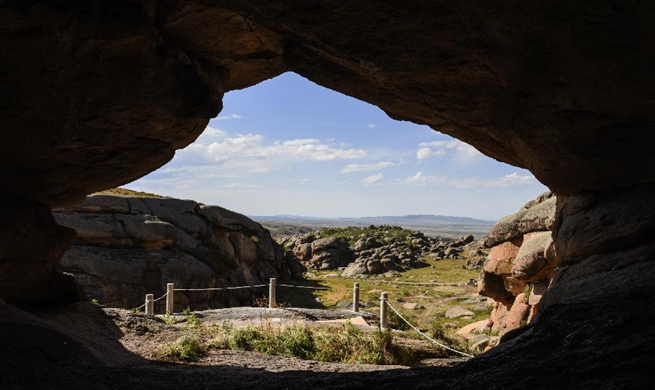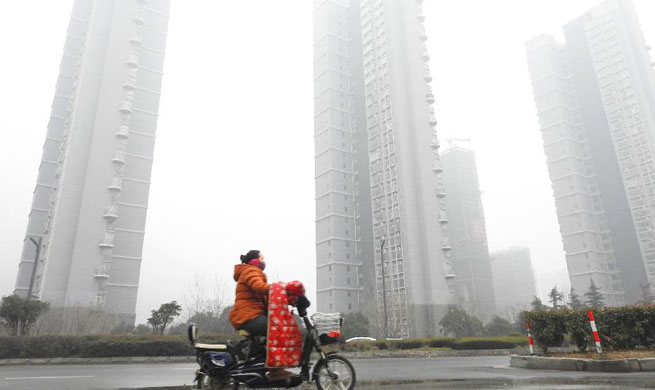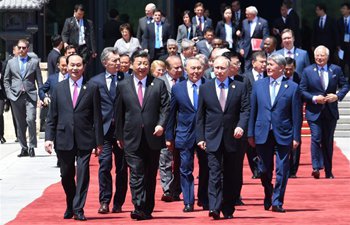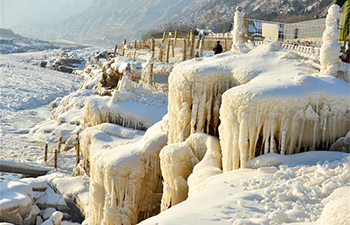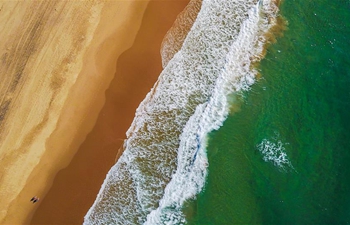BEIJING, Jan. 17 (Xinhua) -- China has introduced its toughest regulation on land reclamation along the country's coastline, vowing to demolish illegally reclaimed land and stop approving general reclamation projects.
The State Oceanic Administration (SOA) said Wednesday that it would demolish or shut down all illegally reclaimed land and illegally established waste discharge outlets that damage the marine environment.
Lin Shanqing, deputy director of the SOA, said at a press conference that reclamation projects that did not concern the national economy and people's livelihoods would not be approved in future.
"Reclamation projects that have been approved but have not started and do not comply with the current policy will all be stopped," Lin said, adding that the administration would also stop giving annual land reclamation quota to provinces.
"Using reclaimed land for commercial real estate development is prohibited and all reclamation activities in the Bohai Sea area will be banned," Lin said. "Reclaimed land that has remain deserted for a long time will be confiscated."
The power of granting administrative approval for land reclamation projects must not be delegated to lower authorities and administrators, who have behaved improperly in project approval, and supervision will be held accountable.
Since the law on administration of maritime space use was put into use in 2002, China legally approved a total of 158,000 hectares of land reclamation by the end of 2017, accounting for about 12 percent of the newly added construction land area in coastal areas over the same period.
Gross ocean production accounts for 9.5 percent of China's GDP, statistics show.
Last year, the SOA dispatched inspectors to 11 coastal provinces, municipalities and regions. The first six, Fujian, Guangxi, Hebei, Hainan, Jiangsu and Liaoning, were cautioned over reclamation projects and coastal pollution.
Also on Wednesday, the SOA disclosed the findings of a nationwide survey on land-based sources of marine pollution, identifying a total of some 9,600 such sources, including about 740 rivers, 7,500 sewage outlets and 1,350 emergency flood outlets.
Among the sewage outlets, only 8 percent were licensed, and about one-quarter were established in ecologically sensitive areas.
The SOA found that the marine environment near more than 80 percent of sewage outlets failed to meet standards. About 80 percent of the marine ecosystem under watch was rated unhealthy or sub-healthy.
To address the issue, the SOA will monitor sources of pollution and introduce real-time monitoring.








